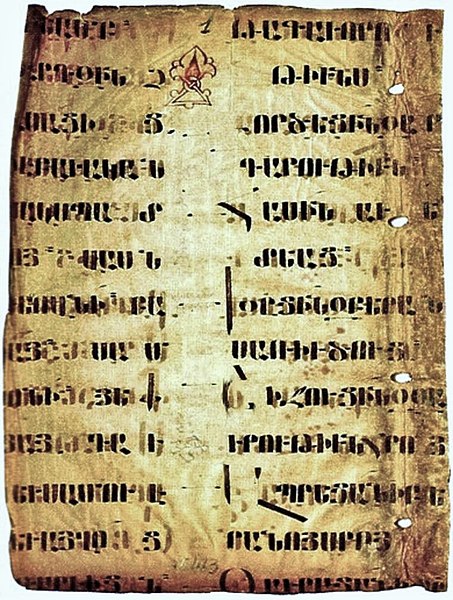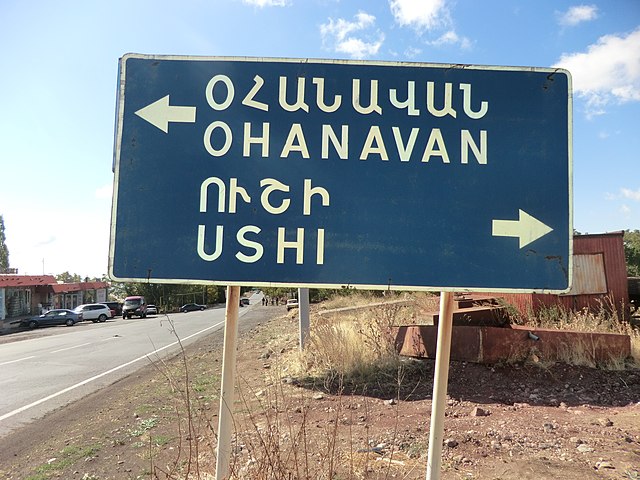The Armenian highlands is the most central and the highest of the three plateaus that together form the northern sector of West Asia. Clockwise starting from the west, the Armenian highlands are bounded by the Anatolian plateau, the Caucasus, the Kura-Aras lowlands, the Iranian Plateau, and Mesopotamia. The highlands are divided into western and eastern regions, defined by the Ararat Valley where Mount Ararat is located. Western Armenia is nowadays referred to as eastern Anatolia, and Eastern Armenia as the Lesser Caucasus or Caucasus Minor, and historically as the Anti-Caucasus, meaning "opposite the Caucasus".
The Armenian highlands near the Iran–Turkey border
Satellite image
Mount Artos, Lake Van, from Akhtamar Island
Lake Akdoğan
Armenian is an Indo-European language and the sole member of an independent branch of that language family. It is the native language of the Armenian people and the official language of Armenia. Historically spoken in the Armenian highlands, today Armenian is widely spoken throughout the Armenian diaspora. Armenian is written in its own writing system, the Armenian alphabet, introduced in 405 AD by the canonized saint Mesrop Mashtots. The estimated number of Armenian speakers worldwide is between five and seven million.
Armenian manuscript, 5th–6th centuries.
The Four Gospels, 1495, Portrait of St Mark Wellcome with Armenian inscriptions
First printed Armenian language Bible, 1666
Armenian language road sign.








